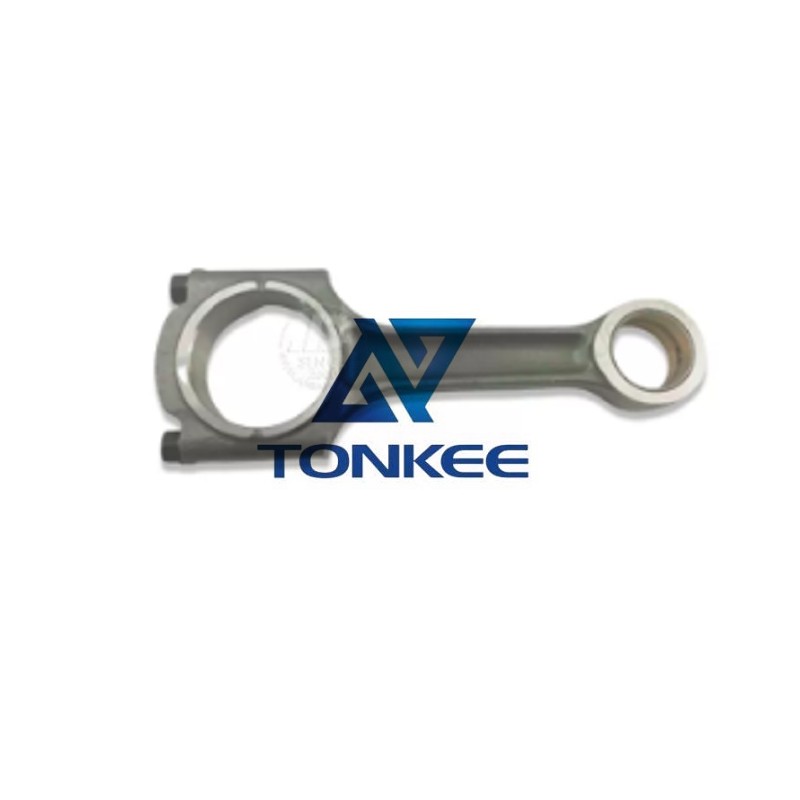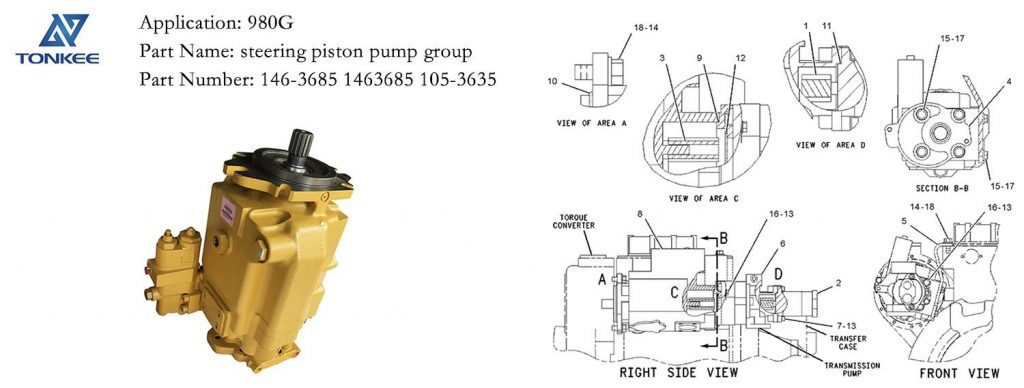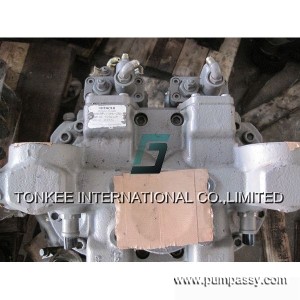
The connecting rod is a vital component in an internal combustion engine that connects the piston to the crankshaft.
It plays a crucial role in converting reciprocating motion of the piston into rotary motion of the crankshaft. This mechanical linkage is essential for the engine to generate power.
Material:
Connecting rods are typically made from high-strength materials such as forged steel or aluminum. The choice of material depends on the engine's design, intended use, and manufacturing standards.
Dimensions:
Connecting rods have specific dimensions that vary depending on the engine they are designed for. Key measurements include length, bore diameter (for the piston pin), and crankshaft end dimensions. These specifications ensure precise fit and function within the engine.
Design:
Connecting rods can have various designs, such as I-beam, H-beam, or X-beam configurations.
The design choice impacts the rod's strength, weight, and durability. It's selected based on the engine's power output and intended application.
Piston Pin End:
The piston pin end of the connecting rod features a bushing or bearing to support the piston pin, allowing it to pivot as the piston moves up and down within the cylinder.
Crankshaft End:
The crankshaft end of the connecting rod is designed to form a bearing that connects to the crankshaft journal. Proper alignment and lubrication are crucial for reducing friction and wear.
Bolts:
Connecting rods are typically secured to the crankshaft and piston with high-strength bolts or fasteners. Proper torque and tension are essential to maintain the integrity of the connection.
Balance:
Balancing connecting rods is important to ensure the engine operates smoothly and to reduce vibration and stress on engine components.



 English
English Русский язык
Русский язык





